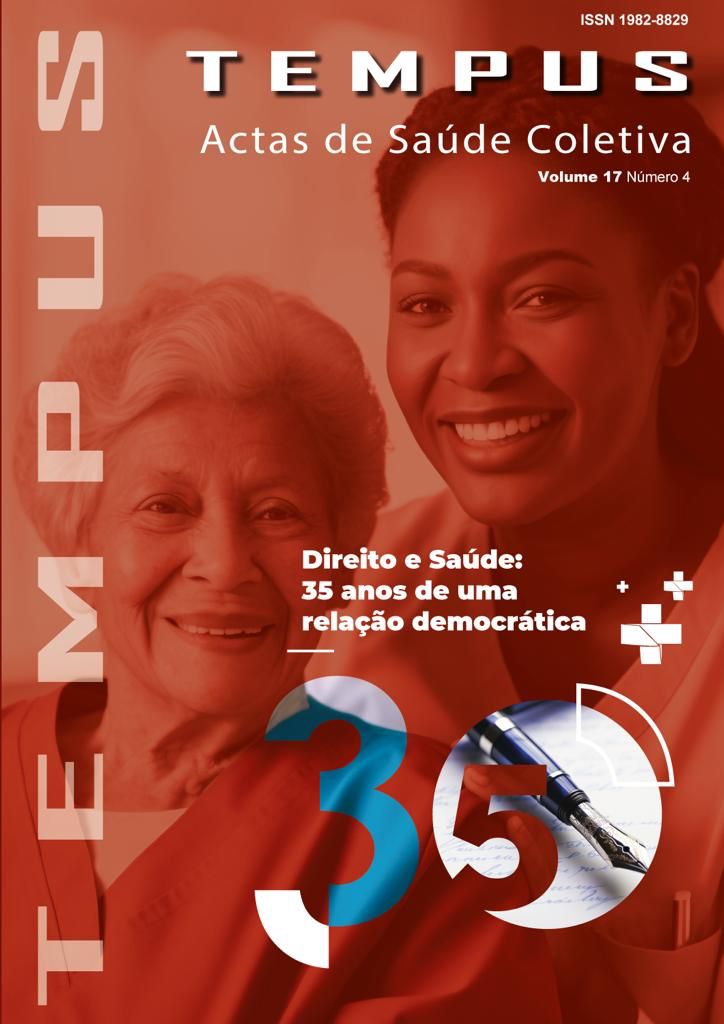Abstract
A sedentary lifestyle affects approximately half of the Brazilian population and is associated with more than 10% of deaths in Brazil. The aim of this study was to analyze the practice of Physical Activity (PA) among university students at the University of Brasilia (UnB). This was a quantitative study using the International Physical Activity Questionnaire (IPAQ) to estimate sedentary lifestyles and variables related to the students, such as campus of origin, course area (health, exact sciences or humanities) and shift (day or night), gender and assistance offered by the institution (undergraduate scholarships). The sample of 431 students was stratified by campus, course period and gender. The results revealed that only 3% of university students in general were classified as sedentary, 13.7% were considered irregularly active, 45.7% as active, and 37.6% very active. In the area of Health, 41% were active and 47% very active, in the area of Humanities 47% were active and 35% very active. In the Exact Sciences, 47% are active and 34% are very active. Participants have satisfactory levels of PA. Women have higher rates of sedentary lifestyles, as do students who do not receive support grants. No difference was found in PA levels in relation to age. University students from both shifts had satisfactory levels of physical activity, but the day shift (87%) had higher levels of PA than the night shift (77%). It is considered that UnB has been successful in combating academic inactivity by achieving levels of PA above the national average for this age group.
A Tempus garante critérios rigorosos, por meio de avaliação sistemática. Os autores se responsabilizam pela veracidade e ineditismo do trabalho cabendo a eles a cessão de direitos de publicação à revista. A confiabilidade dos conteúdos e a marca própria de apresentação tem como objetivo uma comunicação personalizada, adaptada aos padrões da revista, na medida em que adota critérios de excelência exigidos por seus usuários e especialistas, considerando os rigores da comunicação científica. Os autores devem especificar sua contribuição individual na concepção, delineamento, execução do trabalho, análise ou interpretação dos dados, redação e aprovação final do manuscrito. Incluir Fontes de financiamento e de apoio logístico das pesquisas. Ao final da submissão do artigo, os autores devem enviar uma declaração de cessão de direitos de publicação à Revista TEMPUS , assinada e no formato PDF (Portable Document Format ): Modelo da declaração de cessão de direitos.
